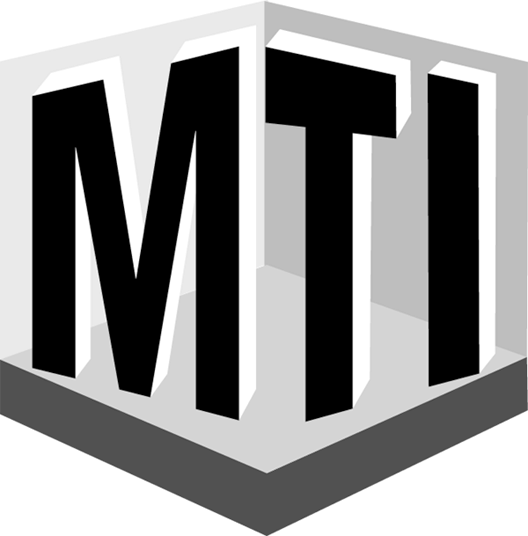
Home
About Us
Contact Us
Services
MODSIM™
OPSA™
Publications
People
Mineral Technologies, Inc., MTI,
was formed in 1997 as a consulting company for the mineral and
metallurgical industries with an emphasis on mineral liberation
measurement, analysis, modeling and simulation. MTI is a spin-off
company from the Utah Comminution Center at the University of Utah from which the technology
is licensed. As past researchers of the Center, its two founders,
Dr. Claudio Schneider
and Ludovic Milin, have actively participated in the development
and testing of the technology now offered by MTI. MTI is still
collaborating with the Utah Comminution Center which insures
that the latest technical developments are available to the public.
This also allows MTI to tackle new applications and make the
necessary developments for successful results.
Liberation is the physical release of valuable minerals from their waste gangue. It is a necessary intermediate step between mining and the separation/concentration operations. One easy way to quantify mineral liberation is to capture digital images of polished sections of particles or drill cores in a Scanning Electron Microscope (SEM) and process these images automatically using specialized computer software. Measuring linear or areal grade from digital SEM images is fairly easy and can be realized by various means from simple image processing software to very expensive integrated equipment like QEM*SEM. Advanced mathematical theories (Stereological Correction) are however necessary to reconstruct volumetric information from these linear or areal measurements. Only volumetric information is useful in quantitatively characterizing a process and MTI can generate this quickly and reliably. Furthermore, data interpretation and modeling is of the utmost importance if one wants to make use of the measurements and MTI's personnel has proven extensive experience in this domain.
Liberation studies on drill core
sections should be performed on a routine basis to test for ore
variability, identify different ore types and assess needed flowsheet
modifications to accommodate the ore change. Performed early
during the mine planning stages, mineral liberation study will
give invaluable information to assess the viability of an ore
body.
Liberation
analysis on particulate plant samples will allow the complete
characterization of the processing circuit and reveal mineral
losses, bottlenecks, high recirculating loads and other problems
in the current design. Coupled with modeling and simulation,
it will be possible to test, at very low cost, a wide variety
of other solutions and equipments to improve plant performance.
In both cases, a liberation study
will reveal mineral interactions in complex ores and help determine
which process will work best. This will directly translate into
lower capital cost (higher plant capacity), reduced operating
costs (energy savings) and higher profits (better recovery at
higher grade).
Within the next decade, liberation measurement is bound to become as popular and necessary as the washability curve is in the coal processing industry today. Any mining operation dealing with a separation process in its flowsheet can benefit from a liberation study. To date, successful applications include coal, iron ores, complex sulfur deposits, gravity separation of gold, apatite and sphalerite-dolomite ores.